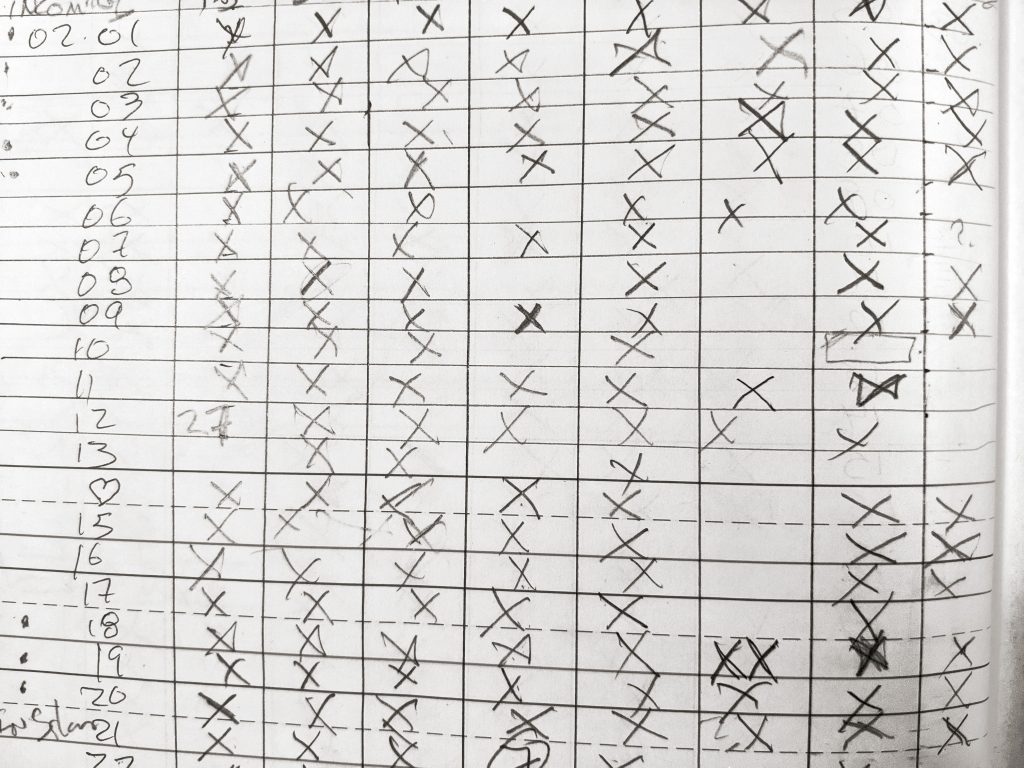In (this excellent read) Teaching Spoon Fed Students How To Really Read is a reference to Monkey Grip a 1977 novel from Australian Helen Garner. In the article author INSErT NAME writes:
The second thing that struck me was how difficult my students found the 10-page extract. They didn’t know who Helen Garner was, the 1970s were too far away to mean anything to them, and they couldn’t locate themselves in the story. They didn’t know who was speaking, and who she was speaking to. How old was she, where was she, what was happening?
Here is the book’s opening sentence:
In the old brown house on the corner, a mile from the middle of the city, we ate bacon for breakfast every morning of our lives.
That sentence, and the description of a 10-page excerpt being difficult, led me to get a copy.
It is a difficult and rewarding read. If you require a plot in your novels, stay away. If you are comfortable with an undulating narrative about Melbourne life in the 1970s, enduring love, and life with a junkie take a look.
My highlighted passages include:
My ears were full of confusion and the sea thumping.
The hoses flick silver strings on to the drying grass.
Terminal naivety was my disease.
Lillian, blight on my life. She broke into it, once, years ago, before any of us had heard of sisterhood; she looked round to see what she could take, sampled Lou and quickly put him back on the shelf, saw the weightiness of Jack and decided to take him with her. And did. And that was the end of everything, between him and me. She had it, the knack of engulfing, of making sharing impossible.
There was some shadow in his face, a strangeness across the narrow cheek-bones, a self-consciousness about the wide thin mouth, that might have sounded a warning had loneliness not echoed more loudly in my ears.
But it is that old treacherous feeling that real life is happening somewhere else, and I’m left out.
